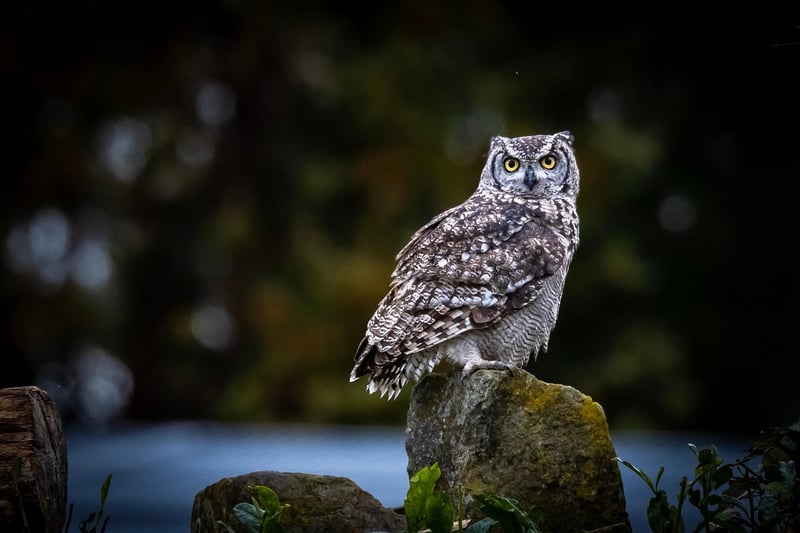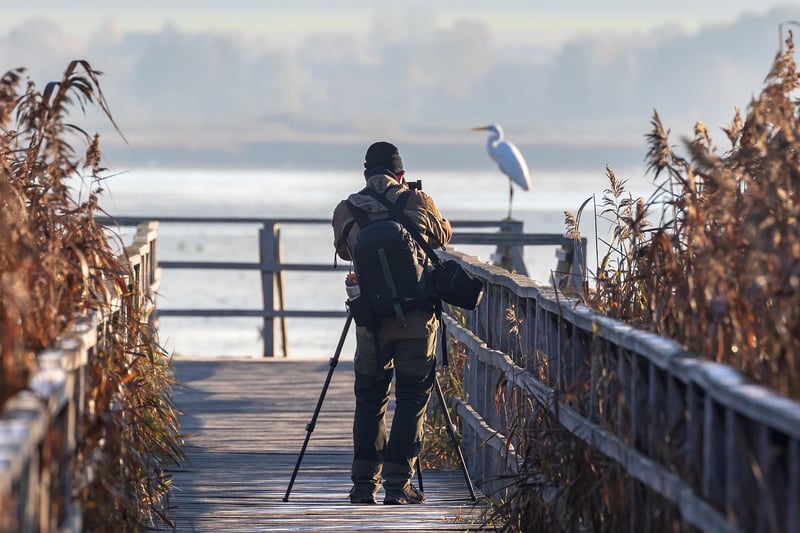Wildlife Photographer
Follow Your Heart's Desires: A Guide to Becoming a Wildlife Photographer
Do you have a passion for nature and photography? Are you interested in capturing the beauty of wildlife through your lens? If so, pursuing a career as a wildlife photographer might be the perfect path for you. In this guide, we will explore what it takes to become a successful wildlife photographer and how you can turn your passion into a rewarding profession.
Step 1: Develop Your Photography Skills
Before embarking on a career as a wildlife photographer, it is essential to hone your photography skills. Familiarize yourself with different camera settings, lighting techniques, and composition principles. Practice taking photos of landscapes, animals, and birds to improve your technical abilities.
Step 2: Learn About Wildlife Behavior
Understanding animal behavior is crucial for capturing compelling wildlife photographs. Study the behavior patterns of different species, learn about their habitats, and familiarize yourself with the best times to photograph them. This knowledge will help you anticipate and capture stunning moments in the wild.
Step 3: Invest in Quality Gear
To excel as a wildlife photographer, you need the right equipment. Invest in a reliable camera with a telephoto lens to capture distant wildlife, a sturdy tripod for stability, and waterproof gear to protect your equipment in challenging outdoor conditions.
Step 4: Build Your Portfolio
Start building a portfolio of your best wildlife photographs to showcase your talent and style. Share your work on photography websites, social media platforms, and participate in photography contests to gain exposure and recognition in the industry.
Step 5: Network with Fellow Photographers
Connect with other wildlife photographers, join photography groups, and attend workshops and seminars to expand your knowledge and network. Building relationships with like-minded individuals can open up opportunities for collaborations and mentorship.
Step 6: Be Patient and Persistent
Wildlife photography requires patience, perseverance, and dedication. Be prepared to spend long hours in the field waiting for the perfect shot. Remember that great photographs often come from persistence and a deep understanding of your subjects.
Step 7: Respect Wildlife and the Environment
As a wildlife photographer, it is essential to prioritize the well-being of animals and their habitats. Practice ethical photography by maintaining a safe distance from wildlife, avoiding disruptive behavior, and leaving no trace of your presence in natural settings.
By following these steps and staying true to your passion for wildlife photography, you can embark on a fulfilling and rewarding career capturing the beauty of the natural world through your lens.

Remember, the journey to becoming a successful wildlife photographer may have challenges, but with dedication, creativity, and a deep love for nature, you can turn your dreams into reality. So grab your camera, head out into the wild, and let your heart guide you to capture the wonders of the natural world.
Happy photographing!
